How to remove stubborn mold stains for good – top stain-stripping tips for fabrics, walls, and grout from cleaning pros
Remove all traces of spores in no time at all
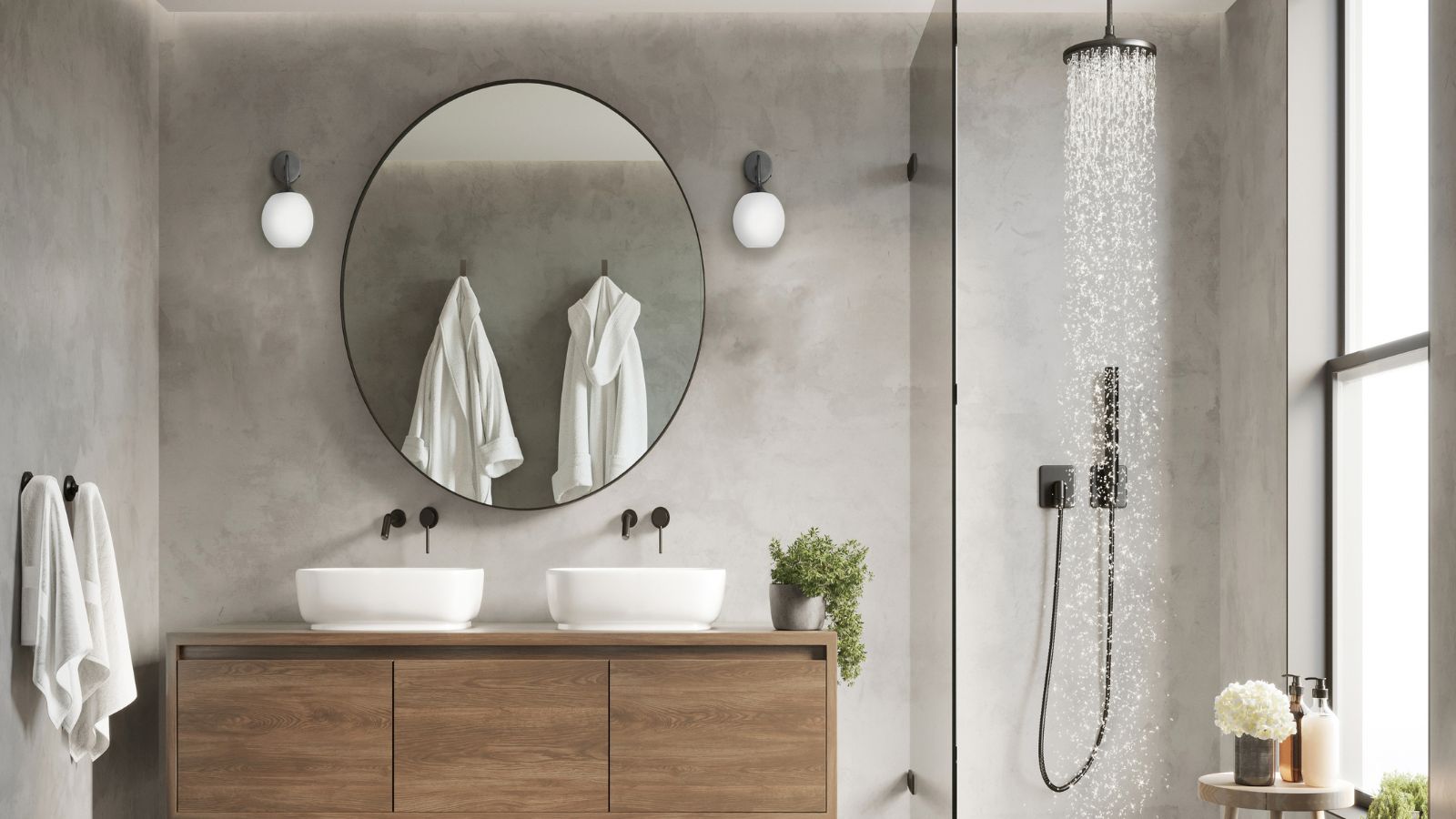

Mold stains are unsightly. Even long after the spores are dead, they linger, ruining the look of surfaces and making your space feel dirty and unkempt.
Luckily, there are several effective ways to remove mold stains – whether on tiles, walls, or clothing –to restore your home’s appearance and help prevent future mold problems.
Here, cleaning experts share their top cleaning tips for tackling stubborn mold stains and preventing future mold issues.
How to remove mold stains for good
After stopping bad habits that increase the risk of mold and killing the spores, the main tools you will need to tackle stains are:
- Baking soda, available at Target, to whiten discoloration.
- Hydrogen peroxide, available at Walmart, to help 'bleach' surfaces without harsh chemicals.
- A detail cleaning brush, such as the Mr. Siga Cleaning Brush Set, from Walmart for gentle scrubbing, or an old, clean toothbrush.
- White vinegar, available at Target, to lighten stains and kill remaining mold spores.
- Soft microfiber cloths, available in multipacks at Amazon, that can be washed and reused after tackling mold.
1. Removing mold stains from tiles and grout
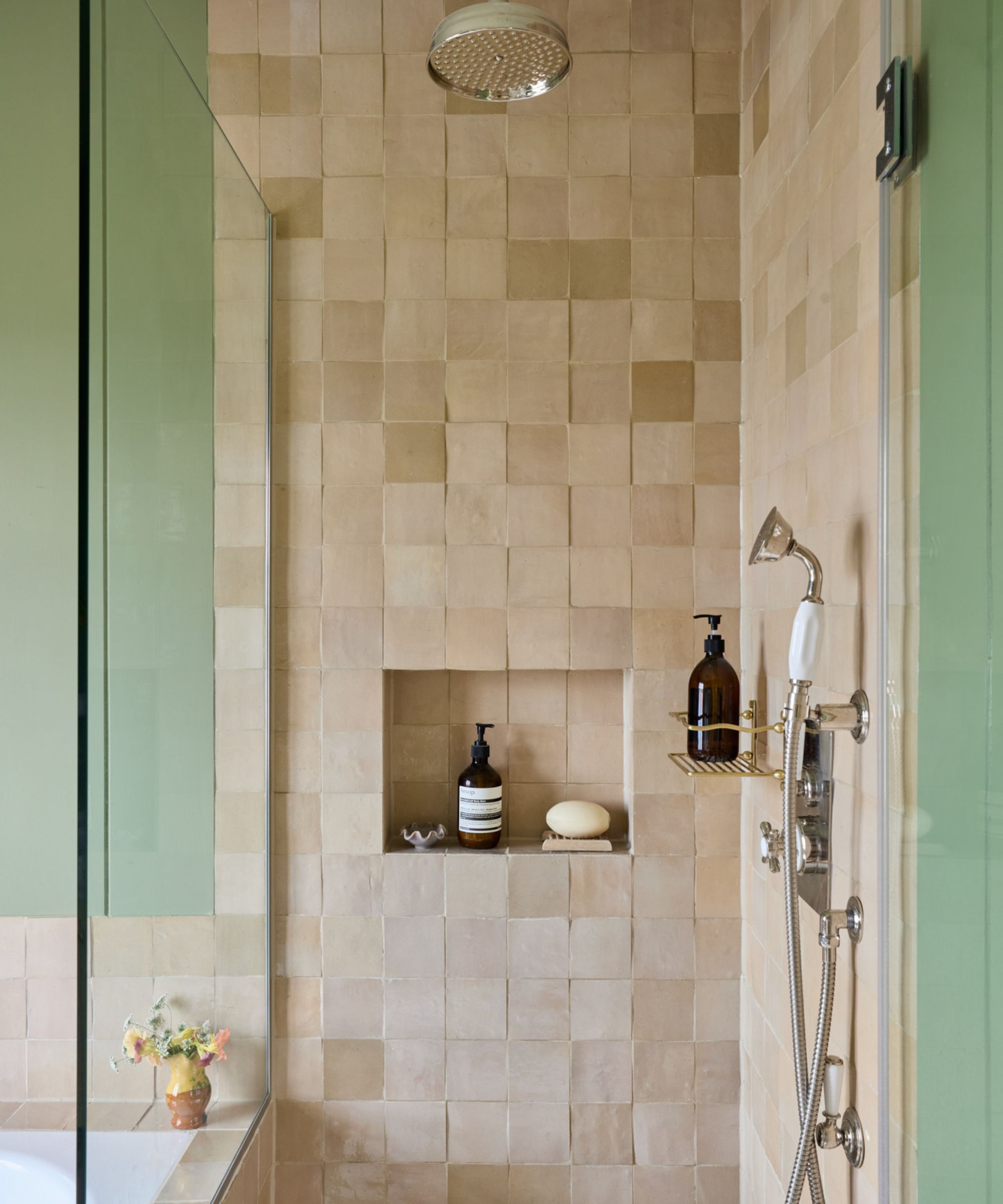
Tiles and grout are hotspots for common types of household mold. Even after cleaning shower grout, it often holds onto dark stains. To remove these, you’ll need a combination of scrubbing and stain-fighting agents.
Wells Ye, founder of Fresh Tech Maid, says, 'Mold in bathroom grout is the classic villain. And even when you've cleaned your house from top to bottom, and the mold itself is gone, that dark residue remains, laughing at your efforts. Why? Because grout is porous, like a little sponge in disguise, soaking up mold’s dark pigment even after the spores have been obliterated.
'If you’ve bleached and scrubbed and it still lingers, what you’re seeing is not live mold – it’s merely the shadow of its former self. Still, it must be cleaned to enhance your home's appeal and cleanliness, and to lessen the chance of a new mold infestation down the line.'
To remove mold stains from tile and grout, Ye recommends combining baking soda and hydrogen peroxide until it forms a thick consistent paste. We recommend Arm and Hammer Baking Soda, available at Walmart, as the brand is known for its quality, and we like the twist-top lid to keep moisture out when storing. This Harris 12% Hydrogen Peroxide, available at Amazon, packs a powerful punch.
Ye says, 'Smear the paste into the grout, getting right in there. Think of it as frosting a cake but with a little more vengeance. Let the paste work for at least 15 minutes, longer if your patience allows, then take an old toothbrush and scrub in small circles rapidly.'
Finish by rinsing the area with warm water and drying. If the stain remains, you can repeat the process, or try a diluted bleach such as Clorox Original Clean-Up All Purpose Cleaner with Bleach, available from Target.
Ye adds, 'If grout stains won't lift and continue to bother you, consider a grout pen – a nifty tool that deeply cleans and recolors grout, giving it a fresh start.'
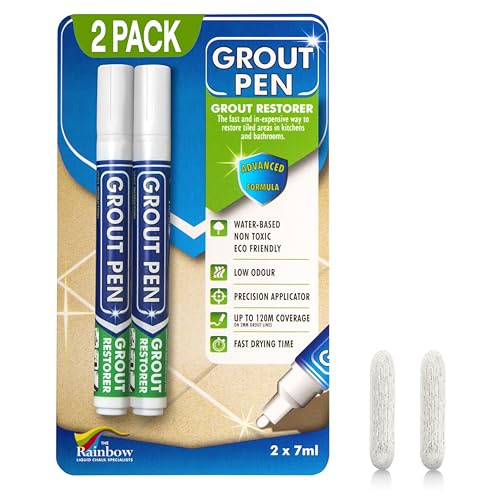
Ye recommends this non-toxic, waterproof grout pen that comes in 10 different shades, so you can match your grouting color precisely.
2. Removing mold stains from painted walls
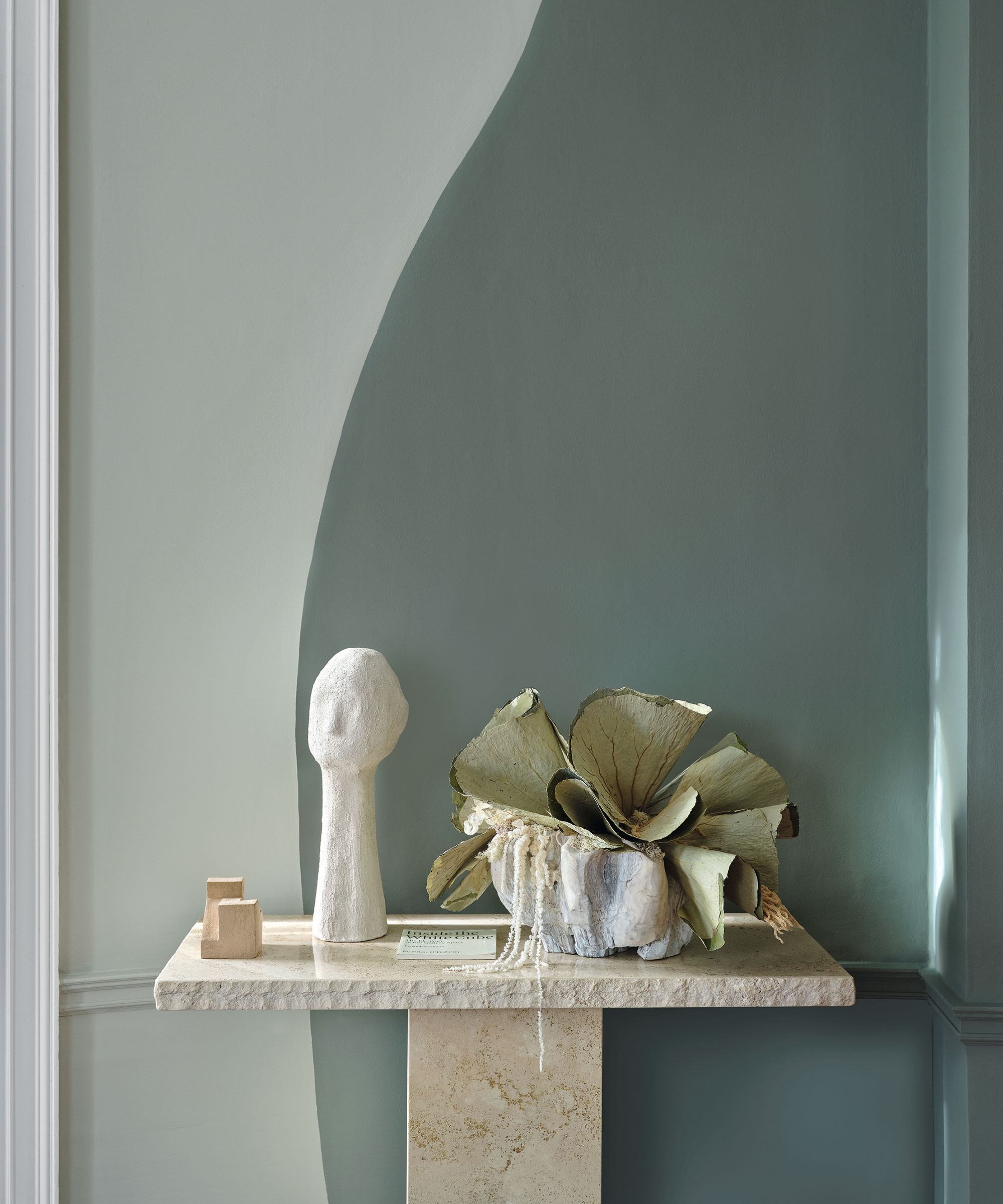
Cleaning painted walls can be tricky as aggressive scrubbing might damage the finish. Mold stains here often appear as yellow or brownish patches, particularly in damp areas like bathrooms or basements.
Muffetta Krueger, cleaning expert and founder Muffetta’s Housekeeping, says, 'Paint absorbs moisture, allowing mold to penetrate. Even after mold removal, the paint may retain discoloration due to lingering organic residues.
'To clean, you'll want to create a vinegar solution by mixing equal parts white vinegar and water in a spray bottle. Apply the solution to the stained area, let it sit for 10 minutes, then wipe with a soft cloth.'
Vinegar is highly effective at cleaning mold from walls, and any remaining stains. This Great Value Cleaning Vinegar from Walmart is non-toxic but effective, while these UV-resistant LiBa Store Amber Glass Spray Bottles from Amazon, which come in a pack of two, are ideal for mixing your solution.
For persistent stains, lightly scrub with a melamine foam eraser, or consider a stain-blocking primer such as this Zinsser Series Primer from Amazon, followed by a fresh coat of paint.
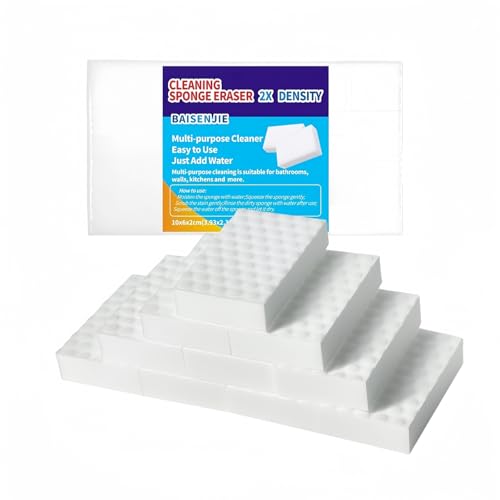
Krueger recommends these magic melamine sponges, which come in a pack of 10, and only require water to work their wonders on mold, as well as other harsh stains such as mud, oil, and coffee. Krueger adds, 'These are great, but avoid excessive scrubbing to prevent paint damage.'
3. Removing mold stains from clothing
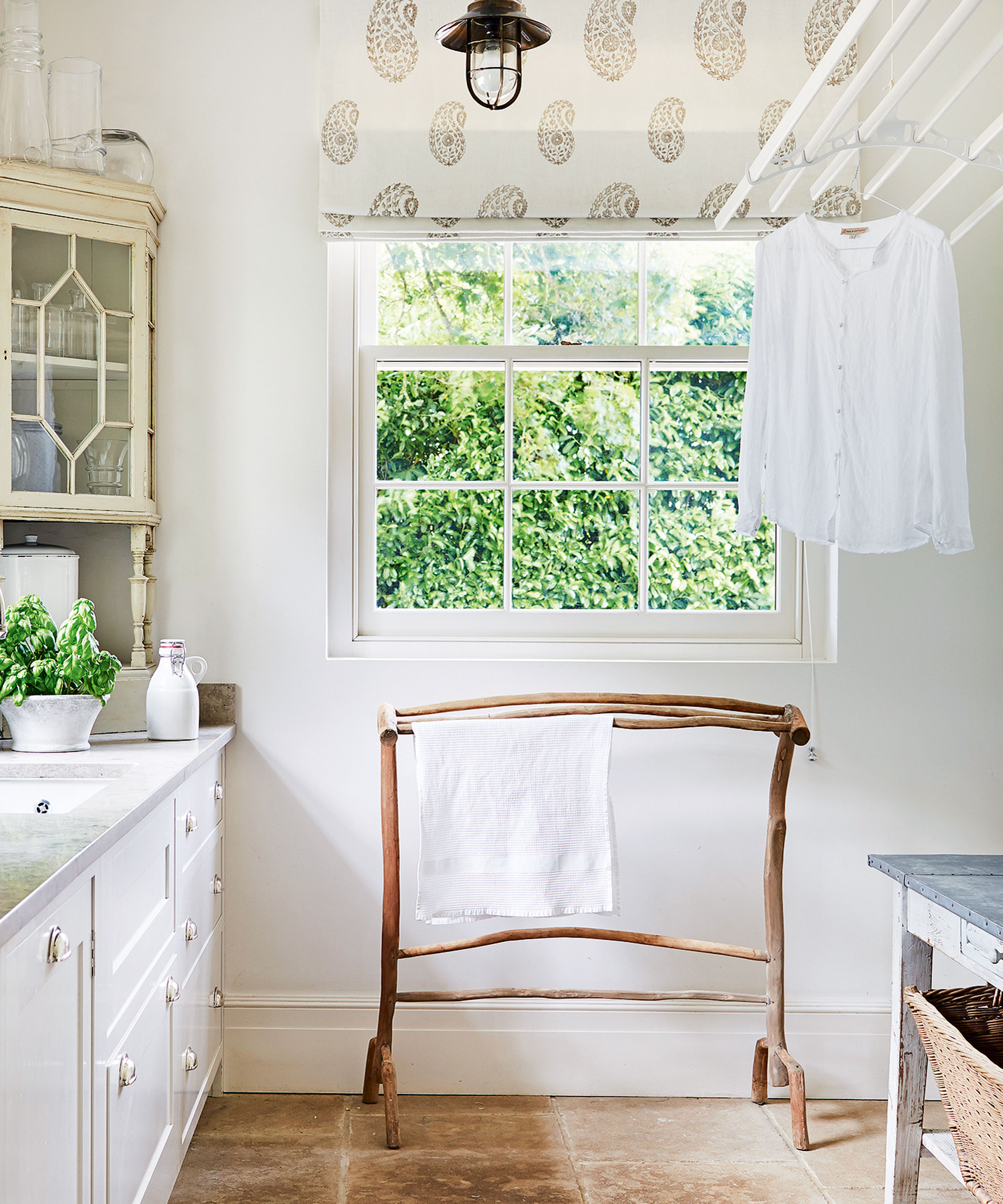
Drying laundry in the sun can also help to prevent, kill, and lighten mold stains on fabric.
Mold stains on clothes not only look bad but can also leave lingering odors. Fabrics, especially those stored in damp environments, are susceptible to this issue.
Karina Toner, operations manager at Spekless Cleaning, says, 'Mold stains on fabric happen when spores penetrate the fibers, leaving dark discoloration that regular detergent won’t remove.
'To tackle them, break down that mold residue by pre-soaking in a solution of equal parts white vinegar and water for 30 minutes. Next, sprinkle baking soda directly on the stain, gently rubbing it in to lift discoloration from the fibers.
'Wash in hot water with a stain-fighting detergent. Use the hottest setting safe for the fabric and a heavy-duty laundry detergent designed for tough stains. For extra whitening power, add oxygen bleach.'
When trying to wash mold out of clothes, or mold stains, ensure they are completely dry before storage to reduce the chance of mold returning. You can also use aspirin as a mold-killing stain remover, and our expert-led guide explains just how to do so successfully.
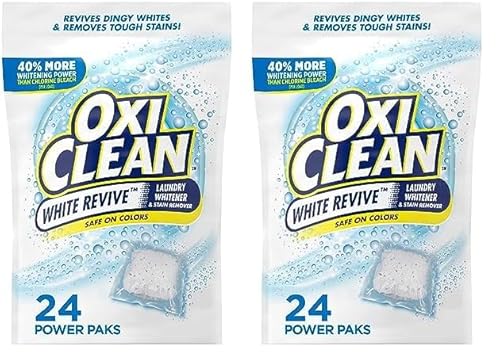
Toner recommends this oxygen-based, water-activated chlorine bleach fabric whitener, which removes stains and brightens dingy whites without the harsh smell of chlorine bleach. Just drop a pod in the drum and let it get to work. You'll receive two packs – so 48 pods in total. Toner adds, 'These are great for lifting mold stains from clothing without using harsh chlorine bleach.'
Meet the experts

Muffetta oversees the staffing of several affluent and high net-worth homes in the North East. She has been the CEO of Muffetta's Household Staffing Agency for over 15 years, and has her own rage of eco-friendly cleaning products, Muffetta's Naturals.

With numerous contributions in Homes & Gardens, Real Homes, The Spruce, and many more, Karina has extensive knowledge of both commercial and residential cleaning, and knows better than anyone how to break bad housekeeping habits for good.
FAQs
What causes mold stains to linger, even after cleaning?
Mold stains are the result of pigment left behind by mold spores that have penetrated surfaces. While surface mold can be killed, the discoloration often requires separate treatment. Porous materials like grout, fabric, and unsealed wood are especially prone to holding onto these stains.
Can vinegar remove mold stains completely?
Vinegar is effective at cleaning mold in the shower, as well as other places, but might not fully remove stains. It’s often best used in combination with baking soda or hydrogen peroxide for better stain removal. For stubborn stains, stronger solutions like bleach may be necessary.
Is it safe to use bleach on all mold stains?
While bleach is effective on non-porous surfaces like tiles, it can damage certain materials like fabrics, painted walls, and wood. Always spot-test first and consider alternatives like hydrogen peroxide or specialized mold removers for delicate surfaces. See our article on the pros and cons of hydrogen peroxide and bleach to better understand the benefits of each.
So there you have it – how to remove stubborn mold stains from tiles, grouting, clothing and painted walls. Mold stains, while challenging, don’t have to be permanent. With the right approach tailored to each surface, you can eliminate these marks and restore your home and belongings to their original state.
Next, check out the hidden moldy spots in your kitchen, and how to banish them.
Sign up to the Homes & Gardens newsletter
Design expertise in your inbox – from inspiring decorating ideas and beautiful celebrity homes to practical gardening advice and shopping round-ups.

With more than a decade of experience writing news, lifestyle, consumer, and human interest articles for a wide range of national and international publications, Andy is a highly-qualified journalist writing features for the national press. From front porch to backyard, attic to basement, Andy has written about every area of the home. He specialises in bringing together the best industry expertise to answer all of your most pressing home and garden questions about seasonal and everyday cleaning, decluttering, organizing and DIY.
You must confirm your public display name before commenting
Please logout and then login again, you will then be prompted to enter your display name.
-
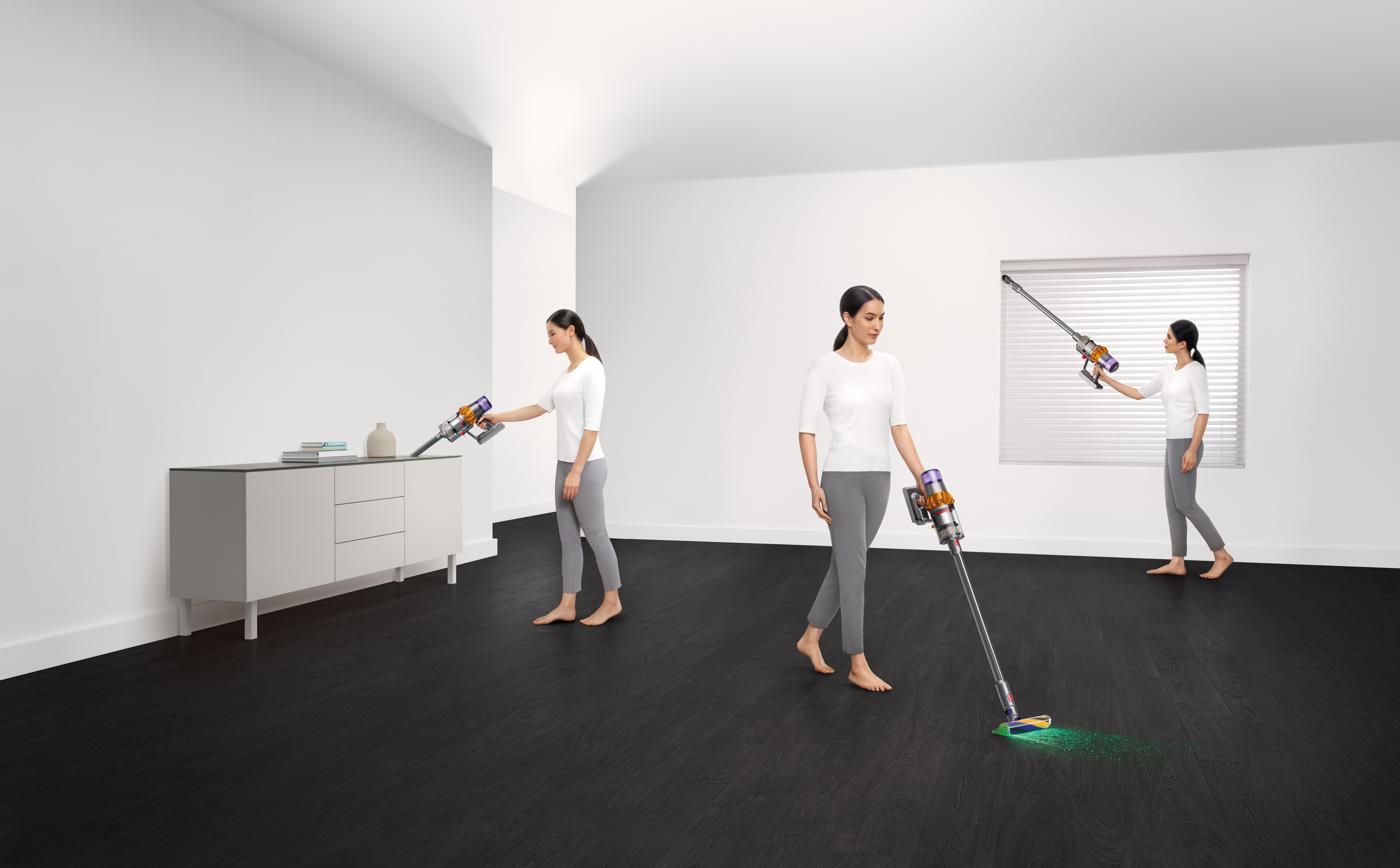 Dyson V15 Detect vs Dyson V12 Detect Slim – which is right for your home?
Dyson V15 Detect vs Dyson V12 Detect Slim – which is right for your home?I've spent more than 200 hours testing vacuum cleaners and these two cordless Dysons are my personal favorites
By Dan Fauzi
-
 Your perfect Easter menu: our favorite Easter recipes for effortless entertaining
Your perfect Easter menu: our favorite Easter recipes for effortless entertainingFresh flavors, easy dishes, and crowd-pleasing ideas – our selection of Easter recipes make for a relaxed yet elevated spring celebration
By Alice Hart
-
 Dyson V15 Detect vs Dyson V12 Detect Slim – which is right for your home?
Dyson V15 Detect vs Dyson V12 Detect Slim – which is right for your home?I've spent more than 200 hours testing vacuum cleaners and these two cordless Dysons are my personal favorites
By Dan Fauzi
-
 I've spent over 200 hours testing vacuums and swear by my two Dysons – this is how I properly clean a Dyson vacuum filter for longer-lasting appliances
I've spent over 200 hours testing vacuums and swear by my two Dysons – this is how I properly clean a Dyson vacuum filter for longer-lasting appliancesYour Dyson vacuum will last much longer and clean at its best
By Dan Fauzi
-
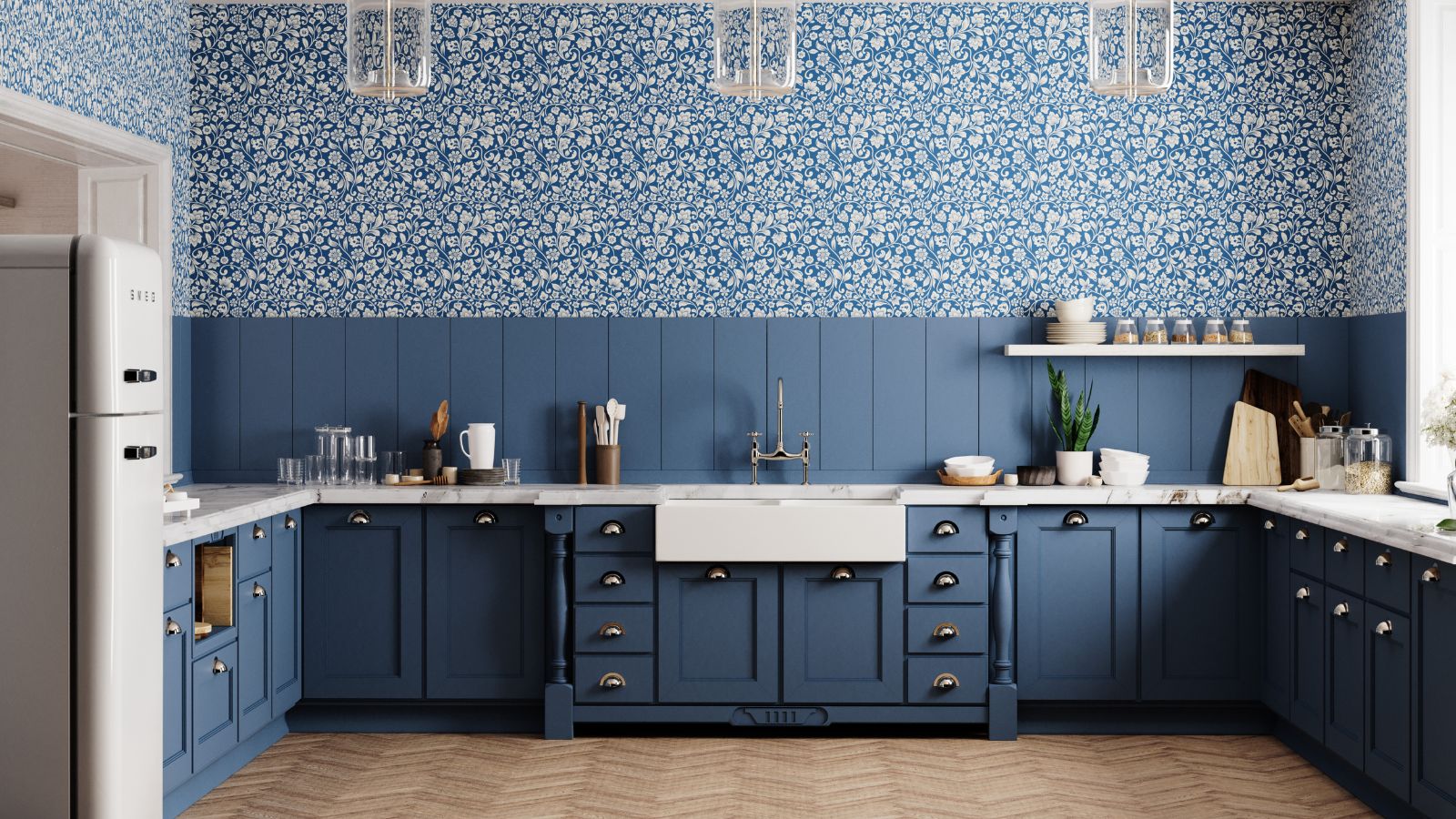 Do cleaning products expire? Professional cleaners warn time could make them ‘less effective, and in some cases, irritating to use’
Do cleaning products expire? Professional cleaners warn time could make them ‘less effective, and in some cases, irritating to use’For the best results, it pays to stay on top of the timeline of your cleaning products
By Chiana Dickson
-
 How to clean a patio – 6 different methods, and when you must use a chemical cleaning agent
How to clean a patio – 6 different methods, and when you must use a chemical cleaning agentFrom manual scrubbing, natural solutions or calling in the pros, industry experts reveal the benefits and considerations of each method
By Andy van Terheyden
-
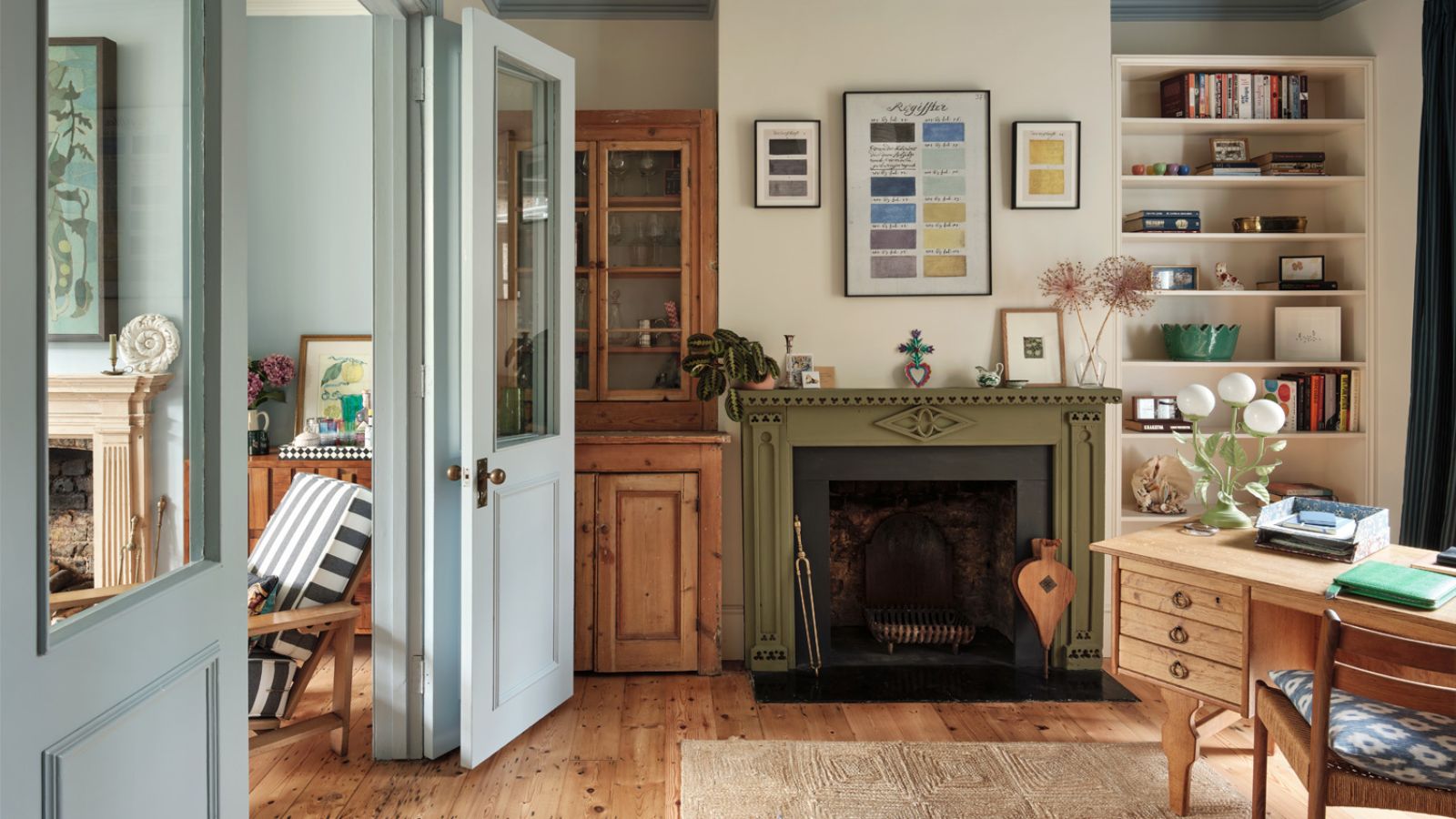 5 surprising but brilliant ways to clean with old socks – from perfectly buffing stainless steel to deterring pests naturally and more
5 surprising but brilliant ways to clean with old socks – from perfectly buffing stainless steel to deterring pests naturally and moreTackle dust in tricky corners, clean your mirrors and even banish bad odors with those rogue single socks
By Andy van Terheyden
-
 5 things people with clean upholstery always do – they're simple, quick and oh-so-effective
5 things people with clean upholstery always do – they're simple, quick and oh-so-effectiveEnsure your furnishing looks clean year-round with these expert tips
By Seraphina Di Mizzurati
-
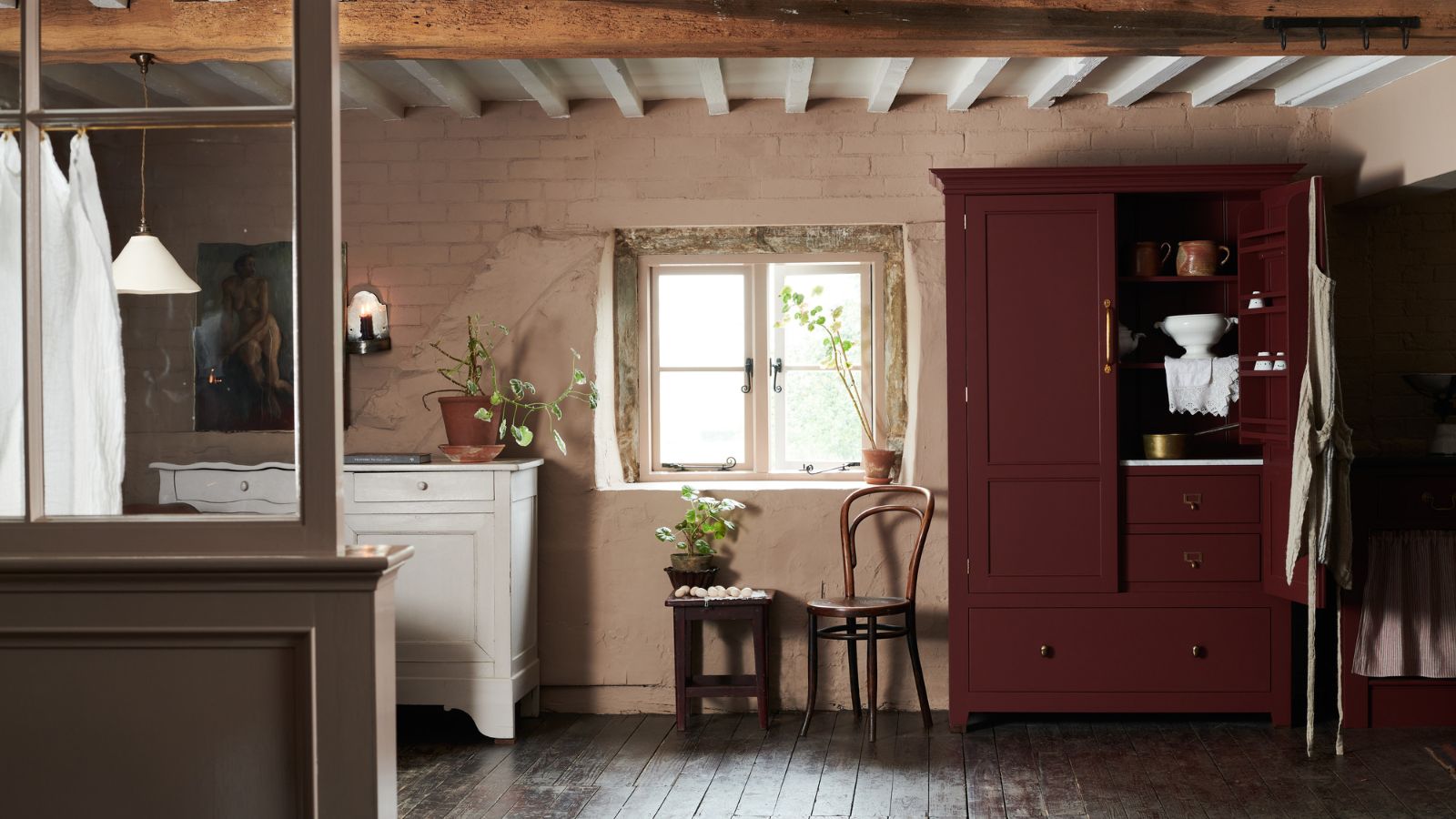 'Wick away the ick' – 6 things people with clean laundry rooms always do to make this hardworking space shine
'Wick away the ick' – 6 things people with clean laundry rooms always do to make this hardworking space shineThese tips on how to clean your laundry room will banish grime
By Seraphina Di Mizzurati
-
 How safe are carpet deodorizers? As a seasoned vacuum tester, I urge you to try alternative methods
How safe are carpet deodorizers? As a seasoned vacuum tester, I urge you to try alternative methodsNatural cleaning is always the answer
By Dan Fauzi